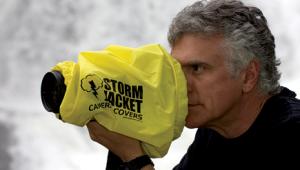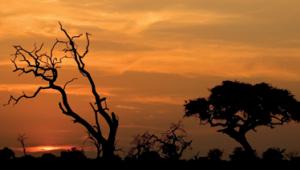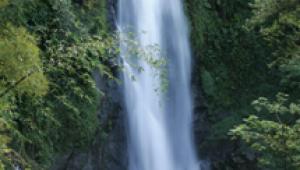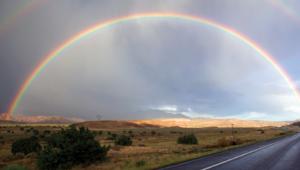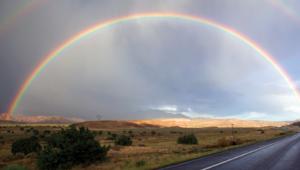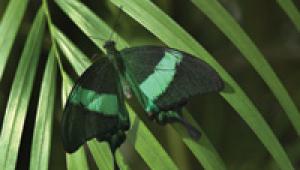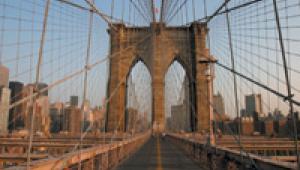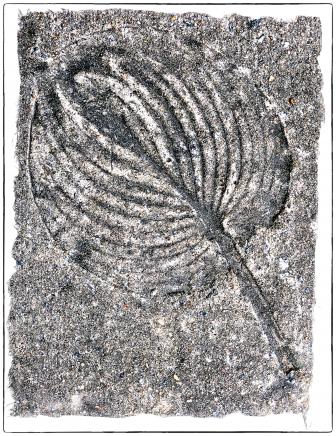Globetrotter
Shooting Indoors; How To Deal With Low-Light Conditions
Photos © 2004, Rick Sammon, All Rights Reserved
When we travel, we often find photo opportunities indoors. The relatively low
light and artificial light conditions of indoor shooting present special challenges;
challenges we can meet if we take the time to make a few important camera settings.
In addition, as is the case with outdoor photography, it is important to "see
the light," that is, the color of the light, the direction of the light,
and how the light is illuminating the subject.
Go Wide!
In many cases, wide angle lenses are a good choice for indoor photography. Wide
angle lenses let us shoot at a slower handheld shutter speed than telephoto
lenses, which exaggerate camera shake. Wide angle lenses also provide greater
depth of field than telephoto lenses. And, wide angle lenses let us capture
more of a scene in our pictures than telephoto lenses, which is a big advantage
when working in a relatively small area.
 |
|
|
For this photograph, taken at the Chuang Yen Monastery in Carmel, New York, I used my Canon 16-35mm zoom set at 16mm. I handheld my camera at 1/30 sec and my aperture was f/11.
Set The White Balance
The first camera setting consideration in indoor photography is setting the
white balance. By setting the camera's white balance to the existing lighting
conditions, we are telling the camera that the whites in a scene should look
white. If the whites look white then, theoretically, all the other colors in
a scene should be reproduced faithfully.
 |
|
|
When Auto White Balance Is A Good Choice
When shooting under mixed lighting sources, as was the case when I was photographing
a model of the Wright Brothers' biplane at the National Air and Space
Museum in Washington, DC, I recommend setting the white balance to Auto. Of
course, if you are not pleased with the color in your picture, you can usually
correct it in the digital darkroom.
Choose A Specific White Balance
In situations when there is only one main light source, for accurate color I
recommend setting the white balance to the existing lighting condition: Fluorescent,
Tungsten, Flash, and so on.
I photographed a replica of the facade of a building in Venice at The Venetian
hotel in Las Vegas, Nevada, with my camera's white balance set to Tungsten.
Thanks to skillful lighting by the designers of the hotel, the indoor scene
simulates the look of an outdoor square.
 |
|
|
IS And VR Lenses To The Rescue
We can bend the shutter speed/handheld rule with the aid of an IS (Image Stabilization)
lens by Canon or a VR (Vibration Reduction) lens by Nikon. These lenses, through
a series of motors and sensors, steady a lens and reduce camera shake that can
cause blurry pictures. With an IS or a VR lens, most photographers can shoot
at two to four times the recommended shutter speed for a particular aperture
setting. This is extremely helpful in indoor photography.
I photographed these Emperor Penguins indoors at the San Diego Zoo with my Canon
400mm IS lens set at 300mm at an ISO of 100. My shutter speed was 1/100 sec.
 |
|
|
